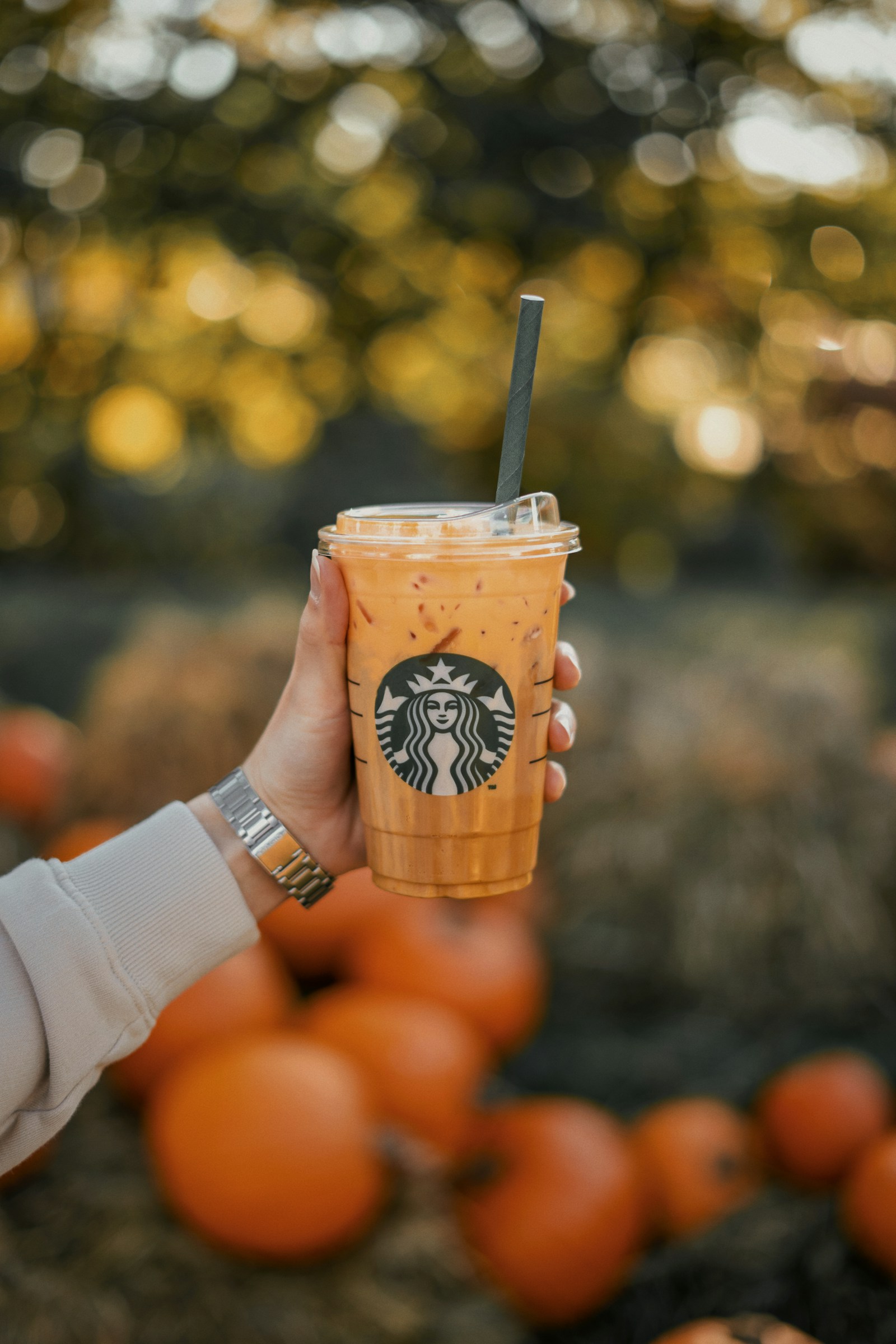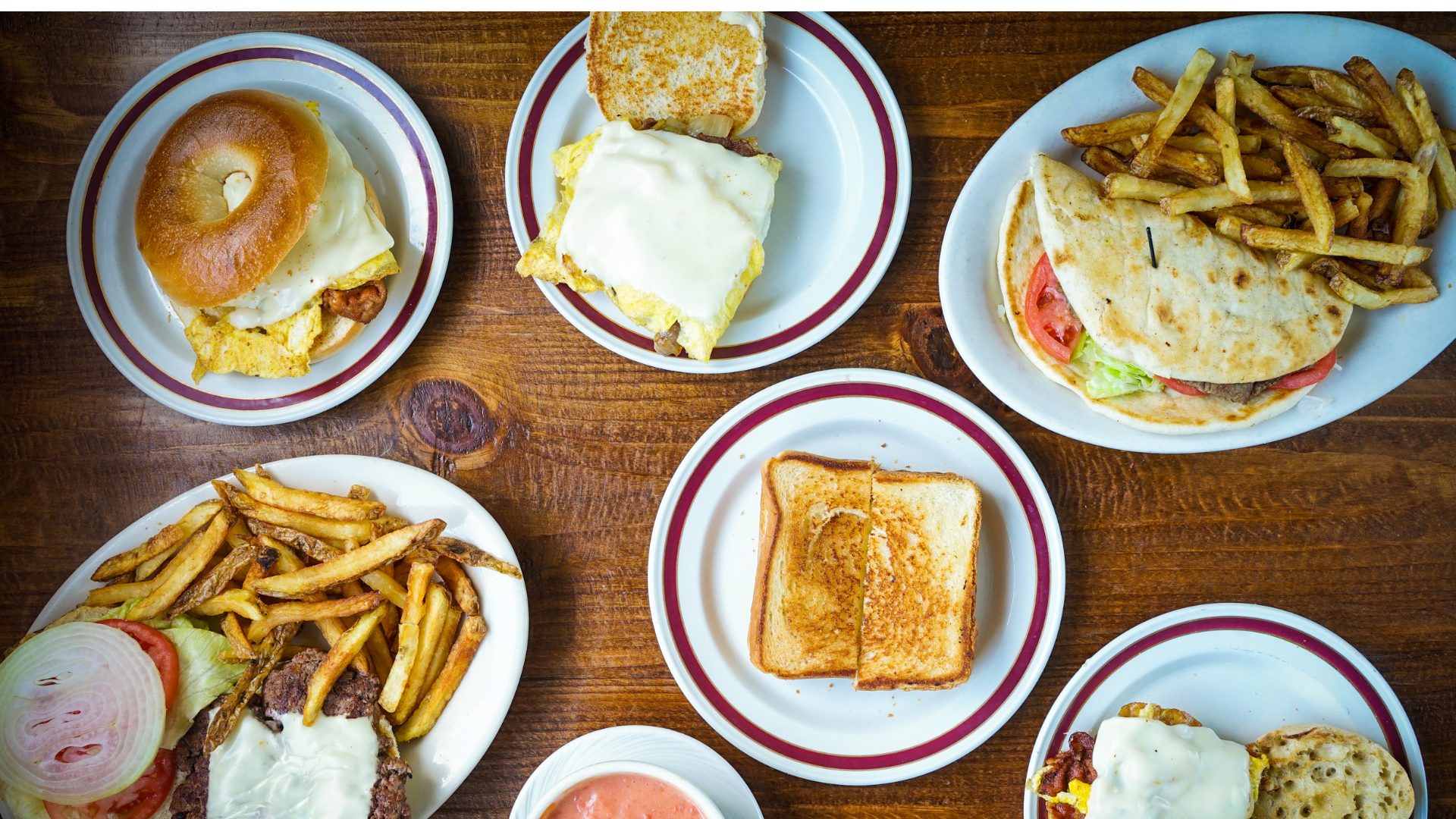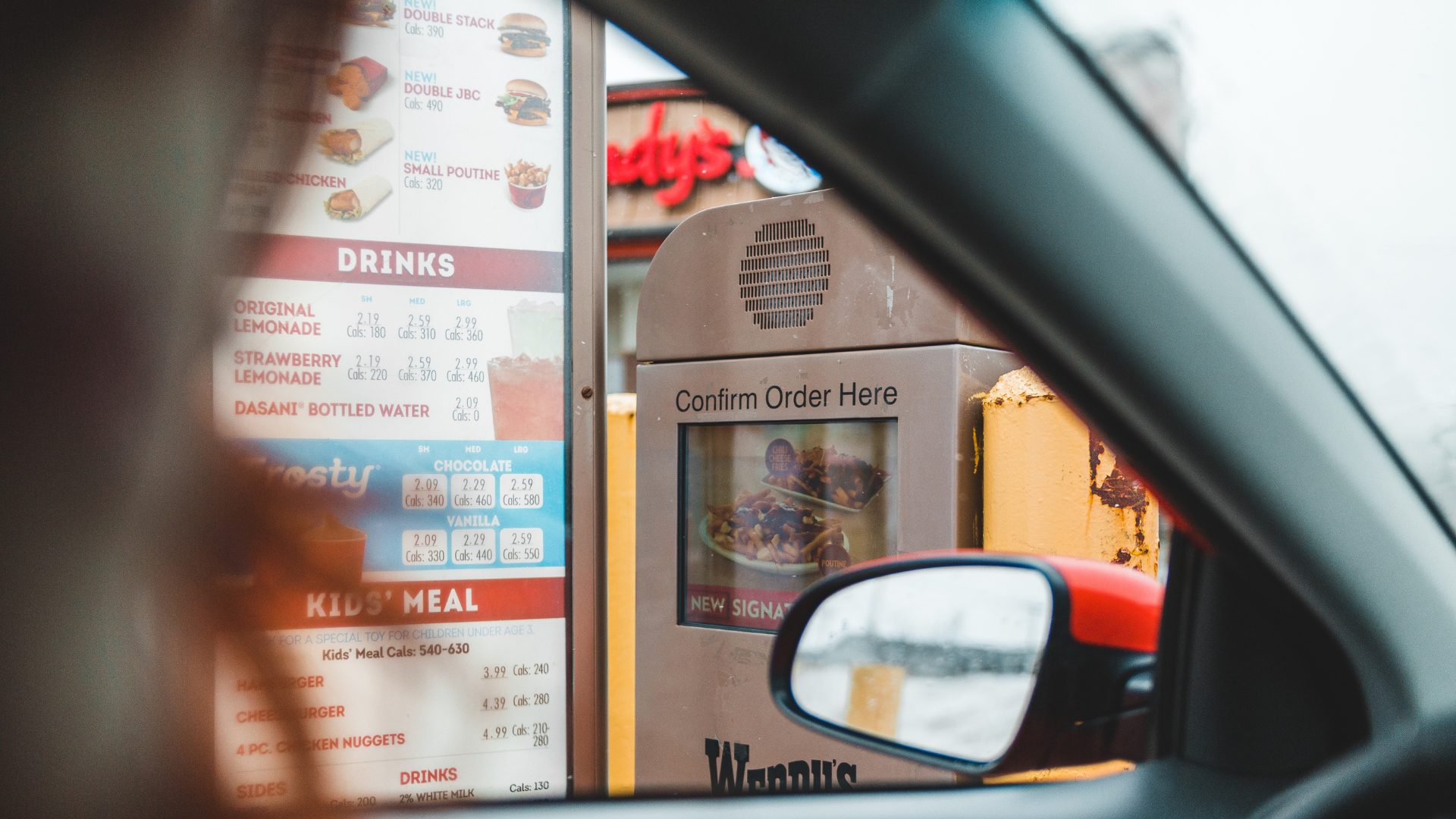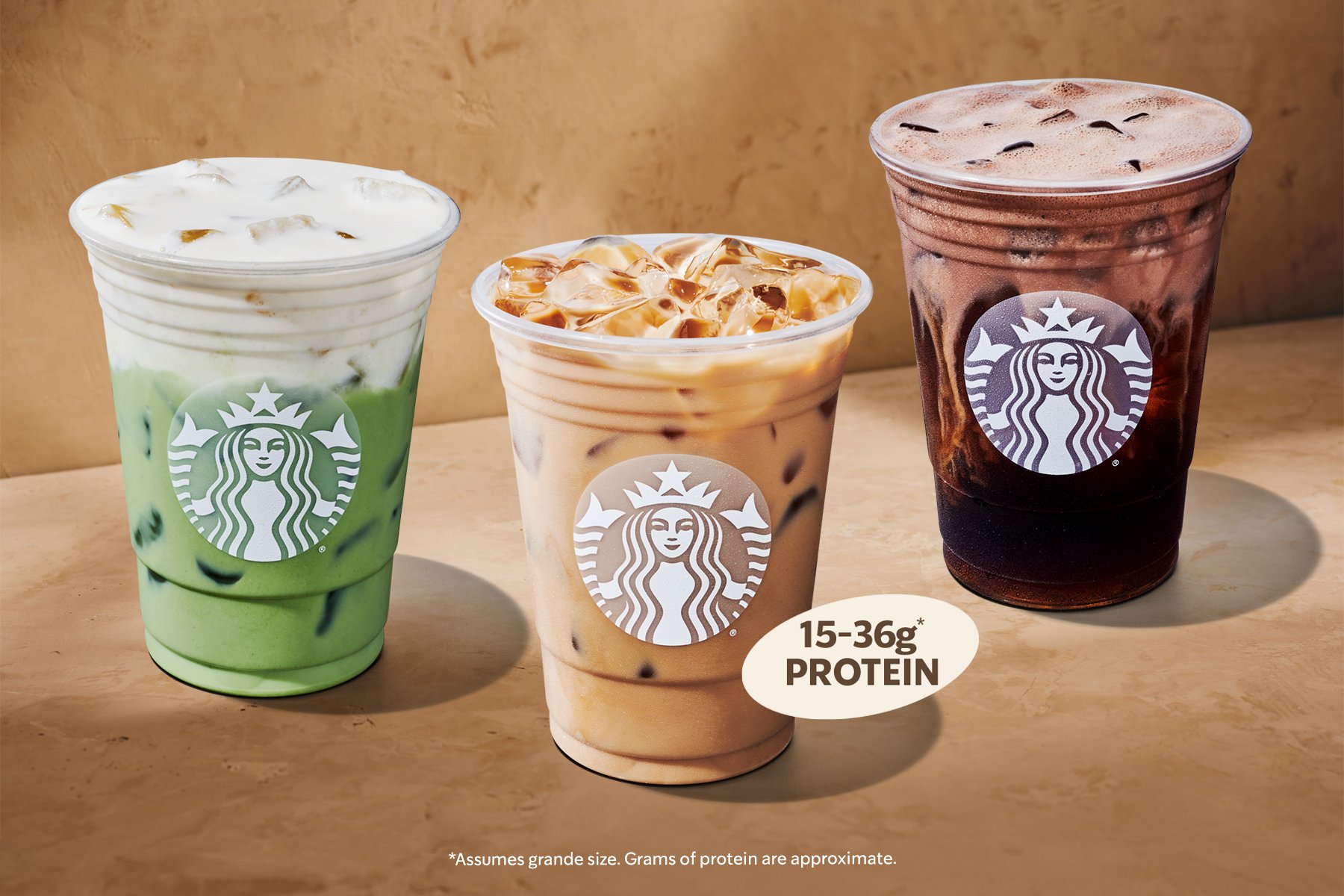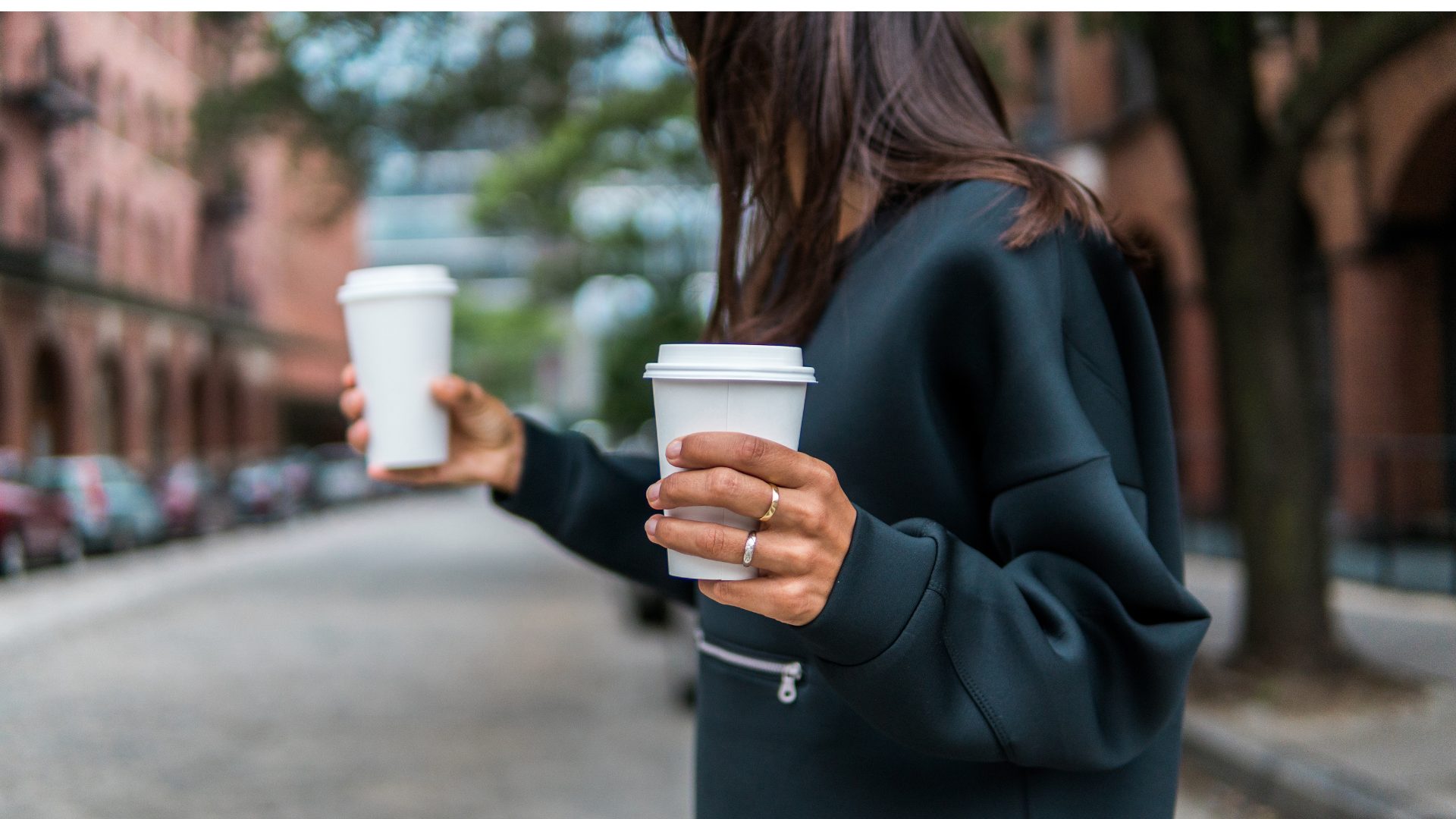People like their coffee just so, and maybe that’s why Starbucks keeps its loyal following despite prices that are higher than those of their competitors.
A recent survey by Technomic found about half of consumers surveyed said Starbucks is the least affordable coffee chain, Restaurant Business reported. Caribou, Tim Horton’s, and Dunkin’ were among those ranked much more affordable.
Consumers have become highly sensitive to price as a result of inflation, with many now seeing fast food as a luxury, a Lending Tree survey indicated. Meanwhile, a YouGov poll found that diners see casual-dining restaurants as a better value.
But experts told The Food Institute that price isn’t everything.
“While price plays a significant role in consumers’ decisions, Starbucks retains its customer base through its brand experience, quality, and personalized offerings,” said Robin Salvador, CEO of Caffeine Brothers.
“Customers return for the convenience of mobile ordering, customization, and the café atmosphere, which fosters loyalty. However, sustainability hinges on maintaining value perception.”
Though its prices vary depending on location, a simple 8-ounce cup of drip coffee runs about $3.35. Up the size to 20 ounces, and the cost rises about 50 cents. But get into the specialty drinks like a 20-ounce oat milk latte or an iced apple crisp oat milk shaken espresso, and the cost soars to $6.75. Add a piece of pumpkin bread for $4.25, a baked apple croissant for $3.95, or an egg, pesto, and mozzarella sandwich for $4.95, and breakfast just topped $10. And with customizations like an extra espresso shot or a bit of whipped cream, the price goes even higher. RB noted that such customizations now earn the company $1 billion a year.
“Starbucks has positioned itself as more than just a coffee shop – it’s an experience,” said Zachary Haycock, VP at the Big Leap marketing firm. “Looking at data from my own comparable clients in the food and beverage industry really demonstrates that loyalty will be sustained despite higher prices. Starbucks would not have experienced 11% growth YOY otherwise.”
James Callery, head chef and co-founder of the Cross Keys in Newbury, England, said drinking Starbucks has become “almost a fashion statement, like carrying a designer handbag but with caffeine.”
“Even in tough economic times, luxury goods tend to weather the storm better because their loyal customers value the experience as much as the product,” Callery said.
“Plus, we can’t forget the addictive factor – coffee isn’t just a treat; for many, it’s a daily necessity,” Callery added. “Once you’ve developed a love affair with that fancy Starbucks coffee, it’s hard to quit.”
RB noted Starbucks has tried to address the affordability issue with “pairings,” its take on value meals.
Haycock said a bigger threat to Starbucks than affordability is that younger customers care more about a company’s political and charitable efforts. Starbucks has positioned itself as a daily experience in peoples’ lives, so they need to extend that same logic to really craft their political and charitable strategies to match that consumer, he said.
The Food Institute Podcast
Restaurant results for the second quarter weren’t stellar, but people still need to eat. Are they turning to their refrigerators, or are restaurants still on the menu for consumers? Circana Senior Vice President David Portalatin joined The Food Institute Podcast to discuss the makeup of the current restaurant customer amid a rising trend of home-centricity.


